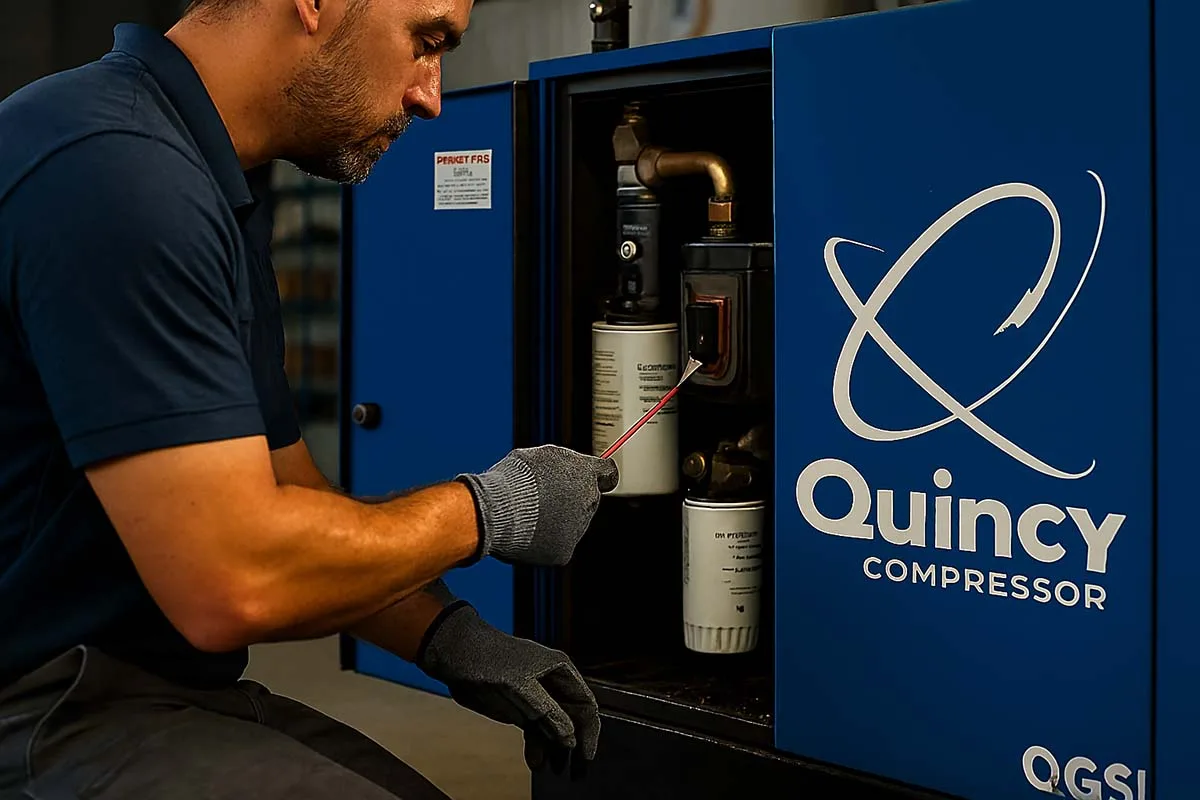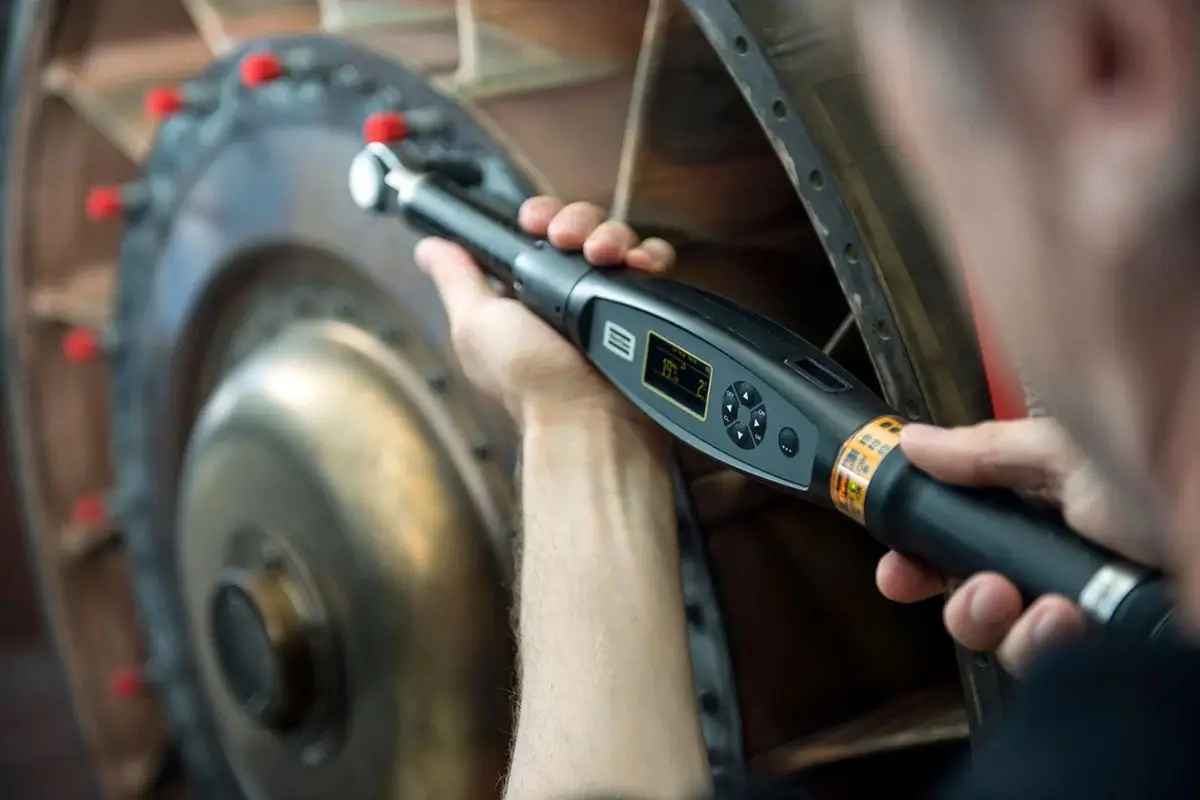Introduction
Whether you’re running a high-demand factory, a mobile service team, or a pharmaceutical cleanroom, your Sullair compressor is the heartbeat of your operation. But even the most durable machines need care. This guide breaks down maintenance best practices for three key models—LS Series, 185 Portable, and OFS Oil-Free—so you can keep your air supply clean, consistent, and cost-effective.
LS Series Maintenance (Lubricated Rotary Screw)
Routine Tasks
- Daily:
- Check oil level and pressure
- Inspect for leaks and unusual noise
- Verify temperature readings on control panel
- Weekly:
- Clean intake filters
- Inspect belts and couplings
- Drain moisture from separator tank
- Monthly:
- Check motor alignment and vibration
- Inspect electrical connections
- Review AirLinx® diagnostics
- Every 2,000–4,000 hours:
- Replace oil filter and separator element
- Change Sullube® lubricant
- Inspect air end for wear
Watch For
- Oil carryover
- High discharge temperature
- Vibration spikes (use vibration monitoring tools)
185 Portable Compressor Maintenance
Routine Tasks
- Daily:
- Check engine oil and coolant levels
- Inspect fuel tank and hoses
- Test safety shutdowns
- Weekly:
- Clean exterior and air intake
- Drain water from fuel/water separator
- Check tire pressure and trailer hitch
- Every 500–1,000 hours:
- Change engine oil and filters
- Replace air filter
- Inspect and clean cooling system
Watch For
- Diesel exhaust buildup
- Hose wear and leaks
- Cold-start issues (use block heater in winter)
OFS Series Maintenance (Oil-Free Rotary Screw)
Routine Tasks
- Daily:
- Monitor control panel for alarms
- Check temperature and pressure readings
- Inspect for condensation or corrosion
- Weekly:
- Clean intake filters
- Inspect PTFE-coated rotors visually
- Check drain valves and moisture traps
- Every 4,000–8,000 hours:
- Replace air filters and seals
- Inspect bearings and rotor coating
- Test ISO Class 0 air quality compliance
Watch For
- Rotor coating degradation
- Moisture intrusion in cleanroom setups
- Sequencing errors in multi-unit installations
OEM vs. Aftermarket Parts
Using genuine Sullair parts ensures compatibility, warranty protection, and optimal performance. Aftermarket parts may reduce upfront cost but often compromise lifespan and efficiency.
Seasonal Maintenance Tips
| Season | Key Actions |
|---|---|
| Winter | Use block heaters, check antifreeze, inspect battery health |
| Summer | Clean cooling fins, monitor ambient temperature, check ventilation airflow |
Maintenance Tools to Consider
- Vibration monitoring sensors
- Oil sampling kits
- AirLinx® remote diagnostics (LS Series)
- Cleanroom particle counters (OFS Series)
How to Maintain Sullair Compressors FAQ
Further Read
- Sullair LS Series Compressor Review
- Sullair 185 Portable Compressor Review
- Sullair OFS Series Review
- How to Maintain Sullair Compressors
- Kaeser CSD vs. Sullair LS Series
- Sullair 185 vs. Kaeser M Series
- How to Troubleshoot Common Compressor Problems
- How to Improve Energy Efficiency of Your Compressor
- Portable vs Stationary Compressor: Which One Should You Buy?
- Top 10 Mistakes When Buying a Compressor (and How to Avoid Them)
Conclusion
Maintenance isn’t just a chore—it’s a strategy. Whether you’re running a portable 185 in the field or an OFS unit in a cleanroom, consistent care ensures uptime, efficiency, and peace of mind. Bookmark this guide, share it with your team, and keep your Sullair compressor running like new.
Have tips or stories from your own maintenance routine? Drop them in the comments and help others learn from your experience. And if this guide helped you, share it with your network—especially those managing industrial air systems across Europe.





